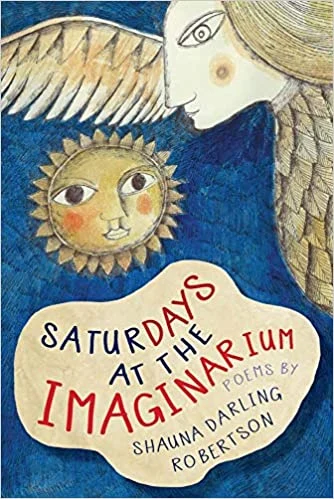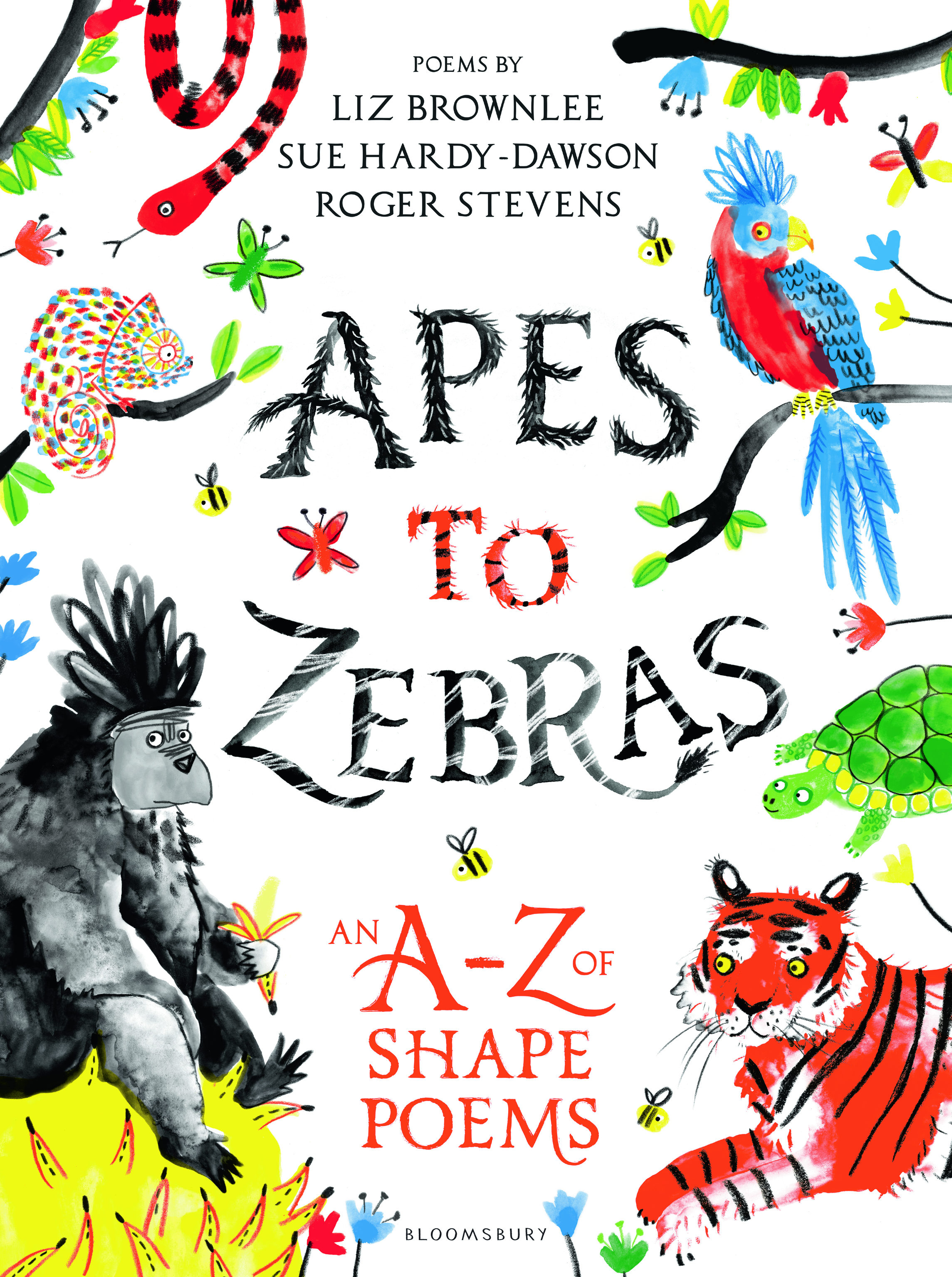J is for Jelly-ish
This incredible photo is by Henry Jager on Flikr.
It is of a chain of jelly-like salps – such beautiful creatures, which can appear like pulsating jewelled necklaces in the water.
They look very like jellyfish and propel themselves in much the same way, contracting their tube-like structure and expelling water behind them, in fact they have one of the most efficient methods of travel in the animal kingdom. They also eat a similar diet to jellyfish, mainly phytoplankton.
But they are tunicates, like sea squirts. Their nervous system is one of the most primitive found by scientists, and as larvae, they possess a backbone – and are therefore very distantly related to humans. Or we are very distantly related to them.
They are rather interesting creatures – they live in non-coastal areas where there is enough phytoplankton and can reproduce asexually by cloning into long chains, growing at an incredible 10% rate of body length per HOUR, reaching 15 feet in length.
When they are gathered into chains they can then reproduce sexually. The young are nurtured within the chain body and fed via a placenta. When the embryos are mature they are released as solitary salps that form buds that can become chains themselves.
Then, incredibly, the female mother chain becomes male.
Salps are very numerous and in some years can ‘bloom’ like jellyfish into enormous numbers. Their fecal matter, and their bodies when they die, fall to the sea floor, locking up huge amounts of carbon. This could be very important for helping mitigate global warming – however, these tunicates need clean water to survive, their feeding net becomes clogged and they sink and perish if they are in water containing inorganic particles – which is why they don’t live near the coast.
If we mess up the oceans too much this could upset the balance of salps and increase the risk of global warming to a great degree.
Another reason to take care not to litter our oceans so it doesn’t affect our planet’s sealife.
Here is my sea salp poem – and below that, a beautiful National Geographic video of a chain of sea salps.
.
Sea Salps
.
The sea salp
in the sea’s
a tube-like jelly
swimming free,
can reproduce
by cloning
into chains
(all ocean roaming)
and then chains
(once they have mated)
can change their sex
(it’s complicated)
and they are,
we’re told, related –
to you and me.
.
© Liz Brownlee
.
.
Information from:
Australian Government Antarctic Division.
Image by Henry Jager, by creative commons license.
Prose and Poem © Liz Brownlee, all rights reserved not to be used in any manner whatsoever without the permission of the author.
- Posted in: A-Z Blog Challenge 2016 ♦ Animal Magic - the book ♦ Animals ♦ Poems ♦ Sustainability
- Tagged: animals, global warming, jellyfish, nature, poems, poetry, science, sea salps, sealife, Tunicates, wildlife


























I really love jellyfish
LikeLike
I do, too, and thought these were until I started reading about them. There might be a jellyfish later on in the series…
LikeLiked by 1 person
The sea salp is so cool-looking. Up close and personal I’d probably be freaked a little. Looking at their images they are beautiful to watch. In the video they did remind of a herringbone necklace (a little bit).
betweensunshineandrain.com
LikeLike
Hi Shawnte! They do! I’d like to go down in one of those little submarines to watch the undersea creatures, then I’d feel safe!
LikeLike
Fascinating! To think they’re related to humans!! Great video too.
Thanks for the introduction and the education…
Michele at Angels Bark
LikeLike
Thanks, Michele.
LikeLike
What a beautiful creature. Liz I loved the post all through and the information on the Salps life, cloning, changing gender and finally what really touched me was they live such a lovely life and even in dying they benefit the earth…we humans have such a lot to learn and apply from creatures. Lovely little poem 🙂
Sunila’s latest post:
http://sunilavigauthor.blogspot.com.au/2016/04/jatayu-poem-in-english-and-devnagari.html
LikeLike
Thank you very much, Sunila, I’m so pleased you enjoyed it!
LikeLike
I have never heard of them. They are weird but beautiful. Do they have stingers like the jellyfish??
LikeLike
They don’t sting, but can be dangerous in other ways, simply by their sheer mass – they have even shut down a nuclear power station!
LikeLike
Hi Liz, I reaally liked your poet. I always admire poetry and have never tried it myself. Maybe one day!
Rosa
@RosaT_Author
Rosa Temple writes…
LikeLike
Hello, Rosa! Thank you! It is at least very short, not so much work as a novel if you do want to try!
LikeLike
I’ve heard of these and would love to see them when I’m scuba diving, but it’s highly unlikely given that they don’t venture into coastal waters. Your poem is excellent, too!
Susan A Eames from
Travel, Fiction and Photos
LikeLike
Thanks, Susan – as I said to Shawnte, I’d quite like to go down in one of those tiny diving subs and relax watching the sea creatures!
LikeLike
What a fascinating creature! Thank you for sharing!
@bhawnasaini_yml from Yellow Mellow Life
LikeLike
Hello, Bhawna, they are incredible, aren’t they!
LikeLike
Nature really is endlessly fascinating, and innovative
LikeLike
They are really beautiful. It amazes me sometimes how beautiful nature really is on some things.
http://enchantedfantasies.blogspot.com/
LikeLike
Not as fabulous as sapphirina copepods that I did last year, but pretty nonetheless! https://lizbrownleepoet.com/2015/04/24/u-is-for-underwater-unbelievable-fairytale/
LikeLike
reallyyy?? OMG such a complicated creation
LikeLike
Holy Cow! 15 feet! That is crazy! Poor little sea salps just trying to make it in this harsh world 😦
@AllysePanaro from
The Frog Lady
LikeLike
I know, they are very looooooooong.
LikeLiked by 1 person